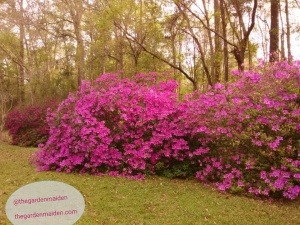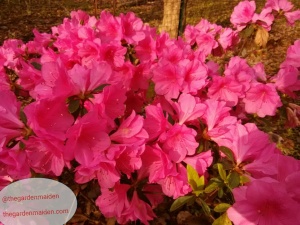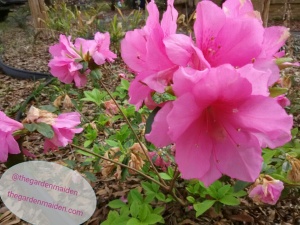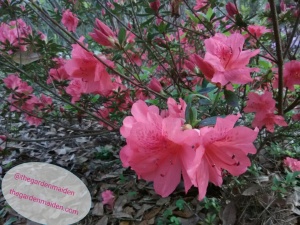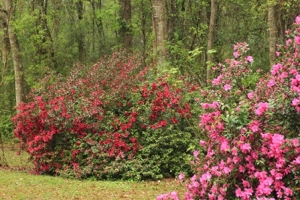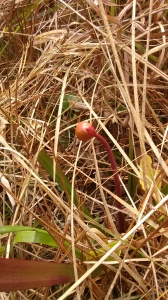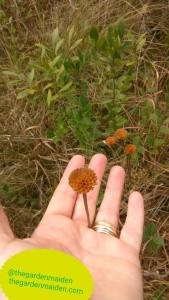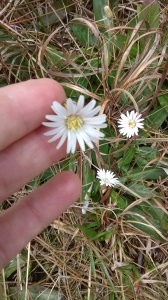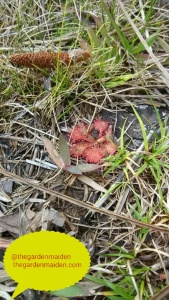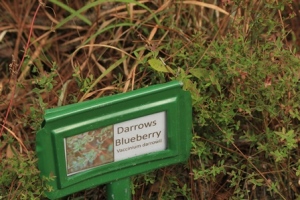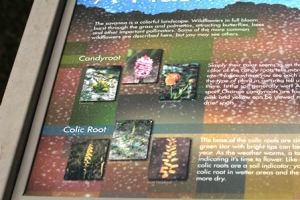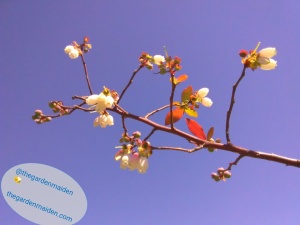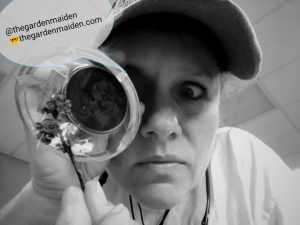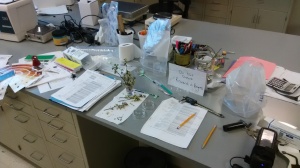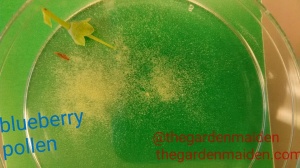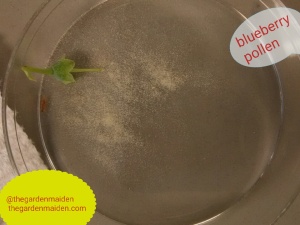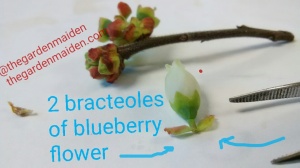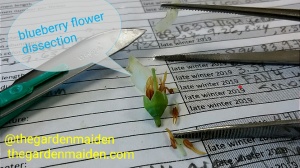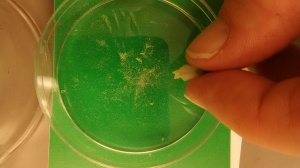This post will be brief. It is azalea season throughout the South. Even ratty, unkempt, abandoned homes, boast some gorgeous flowering azaleas right now. In the rear of the above photo is a deep burgundy-colored azalea. I forgot to get a close-up this morning.
Right now I feel I should be hosting a garden party every day. The vast array of colorful azalea flowers makes my head spin on a good day.
Most of the azaleas in my yard were here when we moved into the home; however, we have planted perhaps another dozen. Two dozen? Maybe.
Early morning and evening as the sun goes down are the most breathtaking, especially when you observe the flowers with the light coming through the petals.
I even enjoy “plain” white. It provides good contrast to all the other colors and is brilliant in its own right.
My favorite by far is my native Florida flame azalea (Rhodendron austrinum). It is a deciduous azalea and has grown quite a bit in the last five or six years. I haven’t babied it.
I keep it mulched and have fertilized it maybe twice since I planted it. I never water it, other than when I first planted it. A great return on the investment of a one gallon plant.
A lot of people here cut their azaleas back, I guess to renew them. It isn’t necessary, but to each their own. I’ve seen folks cut back 8′ tall plants to a foot or so. The horror! But eventually they leaf out, produce a lot of new growth, and flower again.
Maybe some of mine could use a whacking. But even my leggiest azaleas grow to their own heart’s desire.
I do have two plants that I prune back a bit every other year or so but that is because they are planted in a bed and have thinned out to the point where you can “see under their skirt”. And they are planted with other ornamentals that have suffered when they are shaded by the straggly and rapidly growing azaleas which tower above. So I give them a little chop chop, after they finish flowering in April.
I have quite an “investment” in azaleas now.
Many of them I received for free from a friend. So I do not know “varieties”. Sometimes that is a bit irksome. Indeed, I do have a few young plants with the tags still attached and I need to write those down and transfer the names to a metal sign.
Some of these larger azaleas are so commonly seen around, I figure they must be old varieties that were very popular in the 70s and 80s.
One color I am lacking is lavender. But I’m okay with that.
Well, what do you know. I found a photo of the deeper burgundy azalea from yesterday! See below.
One nice thing about the azaleas is they grow easily here. My soil is pretty terrible for trying to grow a vegetable garden. But the azaleas? Other than those I watered at planting, fuss-free. I don’t do anything and they reward us every year.
I hope you are enjoying your own azaleas, or perhaps planning to take a spring Sunday drive around the South to view others flowering azaleas. There are some real showstoppers out there.
Yours in Gardening,
The Garden Maiden
All images and text copyright 2019 The Garden Maiden

